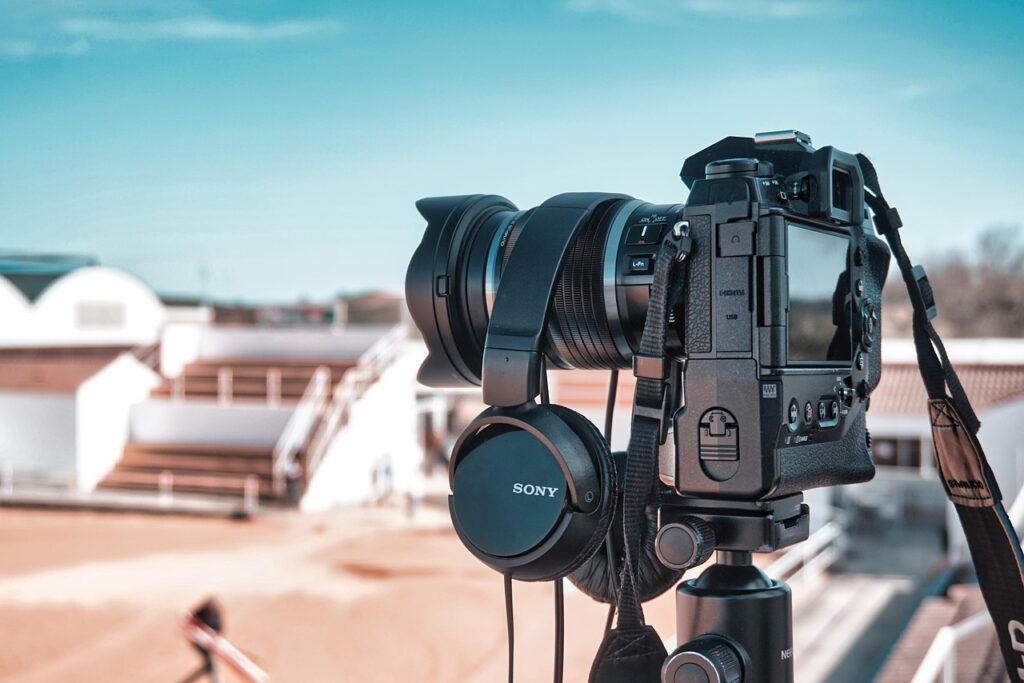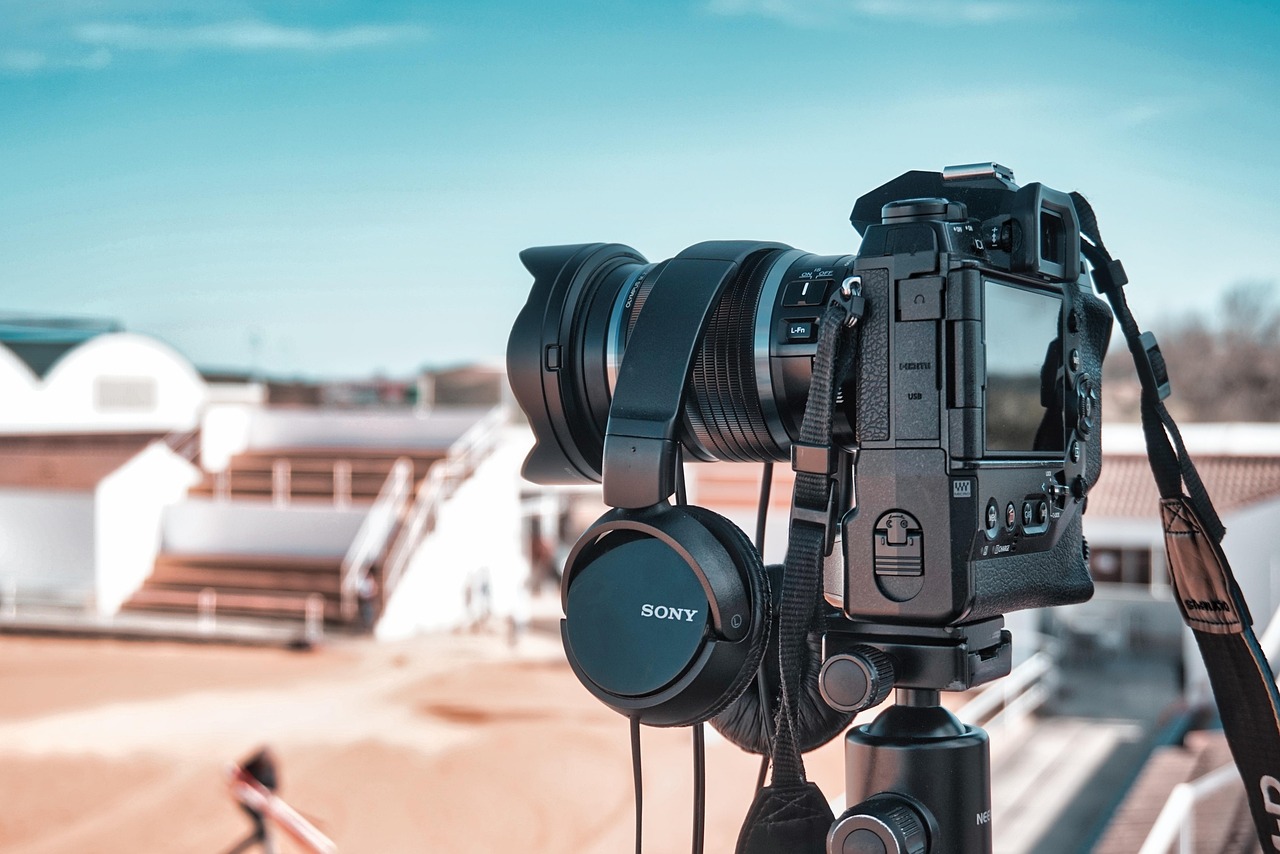Have you ever wondered how computers and devices can understand what’s happening in a video? With the rapid advancement of technology, video analytics and action recognition have become key components in various applications, from security surveillance to sports analytics.
Understanding Video Analytics
Video analytics refers to the capability of analyzing video streams to extract useful information that can be used for decision-making. This branch of data science focuses on processing and analyzing visual data. But why is this so important?
Imagine you’re running a business with multiple cameras monitoring the premises. With video analytics, you can automatically gather insights, detect anomalies, and even track customer behavior without manually watching hours of footage!
The Basics of Video Analytics
At its core, video analytics utilizes algorithms and machine learning techniques to analyze visual data. The process generally consists of three fundamental steps:
- Data Acquisition: This is where the videos are captured using cameras.
- Data Processing: Here, the visual data is processed using various algorithms that can identify patterns, objects, and behaviors.
- Data Interpretation: The identified data is then translated into understandable insights and actions.
Real-World Applications
Video analytics has a wide range of applications that affect various industries, including:
| Industry | Application |
|---|---|
| Retail | Customer behavior analysis, inventory management |
| Security | Threat detection, suspicious activity monitoring |
| Transportation | Traffic analysis, vehicle recognition |
| Sports | Performance analysis, injury detection |
| Healthcare | Patient monitoring, real-time activity recognition |
In retail, for example, understanding customer pathways can help you arrange products more effectively. In healthcare, real-time monitoring can alert caregivers whenever a patient needs help.
Action Recognition: A Closer Look
Action recognition is a specific subset of video analytics focused solely on identifying actions performed by people within a video. This capability becomes crucial in applications like motion capture for animated films, security and surveillance, and even in human-computer interaction.
How Does Action Recognition Work?
The process of action recognition involves several steps similar to video analytics but focuses more on identifying actions rather than just analyzing data.
- Frame Extraction: Individual frames are extracted from the video.
- Feature Extraction: From each frame, key features are extracted using various algorithms, which allows the system to focus on the primary subjects and actions.
- Classification: The extracted features are then classified into predefined actions, such as walking, running, jumping, etc.
Techniques for Action Recognition
Action recognition methods can be categorized broadly into two main types:
-
Traditional Methods: These rely heavily on handcrafted features and classifiers. Algorithms like optical flow and motion history images can be used but often struggle with complex scenarios involving occlusions or variations in view.
-
Deep Learning Approaches: A more modern take on action recognition, utilizing neural networks to learn features. Convolutional Neural Networks (CNNs) and Recurrent Neural Networks (RNNs) are commonly used to achieve higher accuracy in recognizing actions.
Advantages of Action Recognition
Understanding action recognition can offer many advantages:
-
Improved Safety: In security applications, recognizing potentially dangerous actions can help keep environments safe.
-
Increased Efficiency: In sports, coaches can analyze player movements to refine tactics and improve performance.
-
Enhanced User Interaction: In gaming and virtual reality, recognizing user actions can greatly enhance the immersive experience.

Challenges in Video Analytics and Action Recognition
While the potential benefits are impressive, there are also significant challenges associated with video analytics and action recognition that need to be addressed.
Data Quality and Quantity
High-quality, annotated data is crucial for training models effectively. Acquiring this data can be time-consuming and expensive, particularly for specialized tasks. If the data quality is poor, it increases the chances of model inaccuracies.
Real-Time Processing
In many applications, especially in security and transportation, real-time processing is essential. However, analyzing video footage on-the-fly can be a computationally intensive task. Balancing accuracy and processing speed is a continuous challenge.
Environmental Variability
The same action can look very different in varied environments due to lighting, camera angles, and occlusions. Ensuring that recognition systems are robust across different conditions is necessary for real-world applications.
Privacy Concerns
As you implement video analytics and action recognition technologies, it’s vital to address privacy concerns. People are increasingly aware of surveillance technologies, and transparency regarding how and why video data is used can foster trust.
The Future of Video Analytics and Action Recognition
The field of video analytics and action recognition is continuously evolving, driven by advancements in technology and deep learning.
Innovations on the Horizon
-
AI and Machine Learning: As these technologies become more refined, expect to see even more predictive capabilities integrated into video analytics. Machines may not just recognize actions but also predict future actions based on past patterns.
-
Integration with IoT: Imagine smart homes or smart cities where systems can recognize activities through video feeds and take appropriate actions, like notifying the emergency services or adjusting lighting accordingly.
Emerging Trends in Industries
-
Healthcare: Enhanced predictive analytics in patient monitoring could lead to faster responses during medical emergencies.
-
Retail: Augmented analytics could personalize customer experiences based on behavior, leading to higher sales.
-
Sports: Advanced metrics and insights may redefine coaching strategies and training programs, significantly influencing performance.

Conclusion: Embracing the Future
Video analytics and action recognition are reshaping how we interact with technology and understand behaviors across various domains. By harnessing these powerful tools, you can gain valuable insights, improve safety, and enhance user experiences.
As these technologies continue to develop, keeping abreast of the latest trends and innovations will ensure that you can take full advantage of the opportunities they present. The future is exciting, and embracing video analytics and action recognition could very well lead to significant advancements in your endeavors, be it in business, security, healthcare, or beyond.
Understanding the principles outlined here allows you to navigate the complexities and leverage the power of video analytics and action recognition effectively. The next time you see a video being analyzed or actions being recognized, you’ll appreciate the technology behind it a little more.

